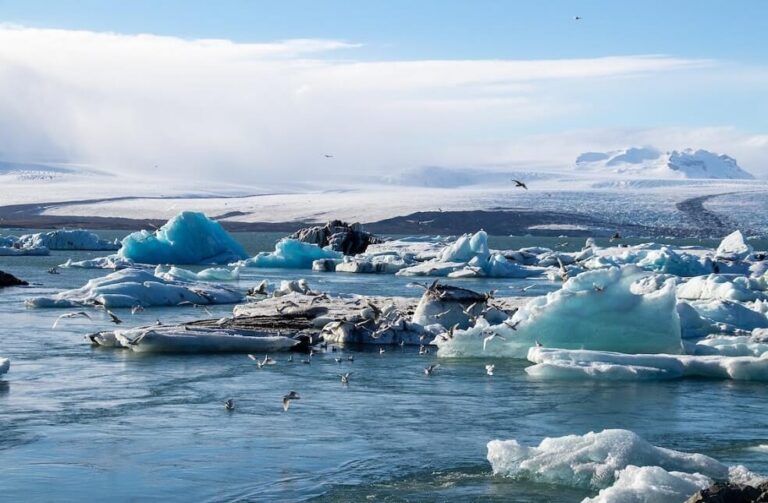Antarctica: A new study has indicated that the Southern Ocean overturning circulation, a significant deep ocean current with a vital role in Earth’s climate and oceanic processes, has decelerated by approximately 30 percent since the 1990s due to the melting of Antarctic ice. This phenomenon could have severe repercussions, such as rising sea levels, disrupted weather patterns, and diminished nutrient supply for marine ecosystems.
The study, whose first author is Ms. Kathryn Gunn of the CSIRO and the University of Southampton, was published in the journal Nature Climate Change.
“Changes in the overturning circulation are a big deal. It’s something that is a concern because it touches on so many aspects of the Earth, including climate, sea level, and marine life,” the study’s co-author, Dr. Steve Rintoul, an oceanographer and expert on the Southern Ocean at the Australian government’s Commonwealth Scientific and Industrial Research Organisation (CSIRO), commented.

The finding comes months after modelling, which Dr. Rintoul was involved in, predicted a 40 percent slowdown in circulation by 2050.
“The model projections of rapid change in the deep ocean circulation in response to the melting of Antarctic ice might, if anything, have been conservative. We are seeing changes that have already happened in the ocean that were not projected to happen until a few decades from now,” Dr. Rintoul remarked.
The overturning circulation originates in the cold and dense waters that plunge deep off Antarctica’s continental shelf and spread to ocean basins globally. It brings oxygen to the deep ocean and returns nutrients to the surface ocean. The melting of Antarctic glacial ice, the researchers found, has resulted in additional freshwater, increasing buoyancy.
The study looked specifically at changes in overturning circulation in the Australian Antarctic basin, but the researchers believe a “circumpolar slowdown” is occurring.

Between 1994 and 2017, there was a net slowdown in circulation of 0.8 sverdrups per decade, the study found. One sverdrup is a flow rate equivalent to 1 million cubic metres per second.
The researchers found a temporary increase in the overturning circulation between 2009 and 2017, as a result of increased sea ice formation. “That was enough to compensate for the glacial melt for a few years,” Dr. Rintoul noted.
“We expect in the longer term that while there will be ups and downs related to sea ice formation, the overall trend is that Antarctica is losing more ice and is melting more, and that will gradually slow down this overturning circulation.Unless we act soon, we will commit ourselves to changes that we’d really rather avoid,” the researcher added.



